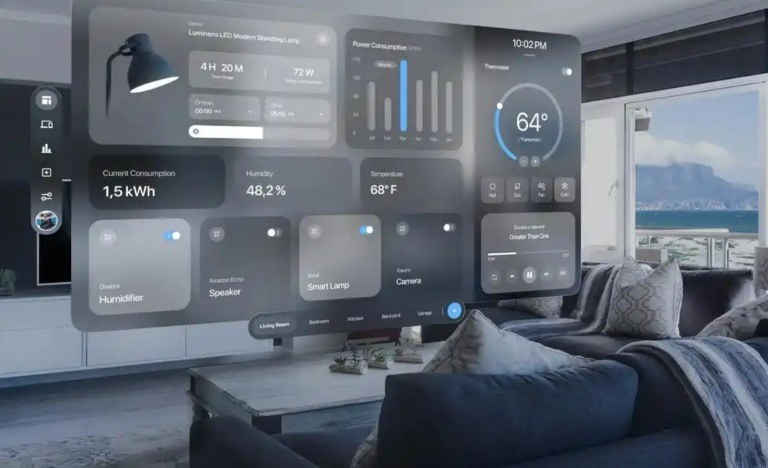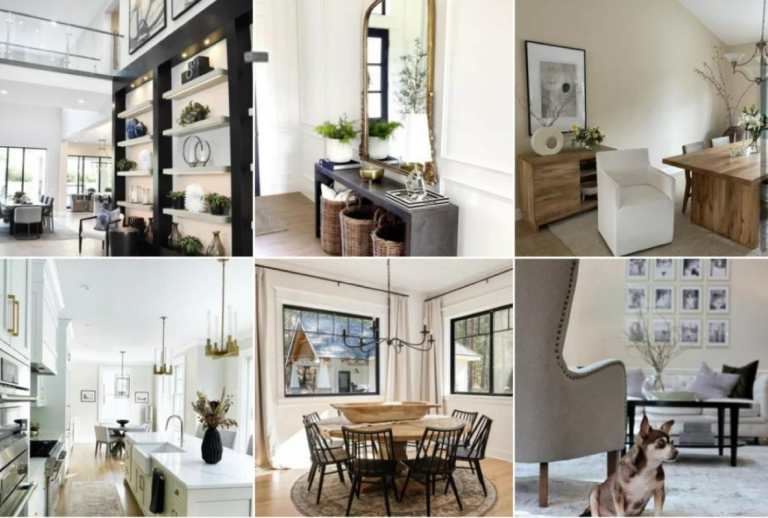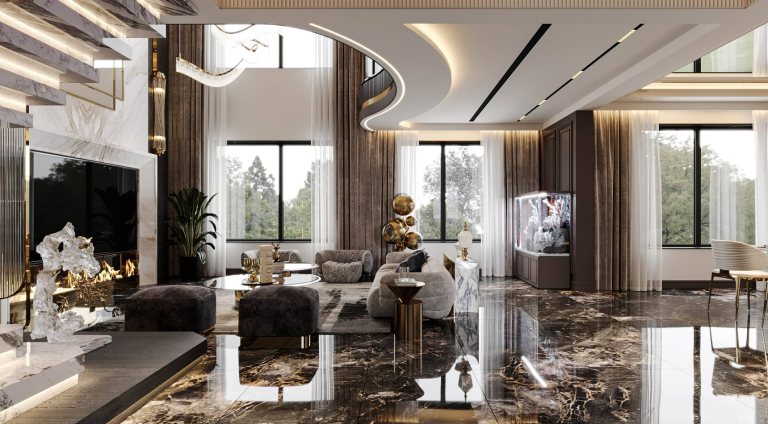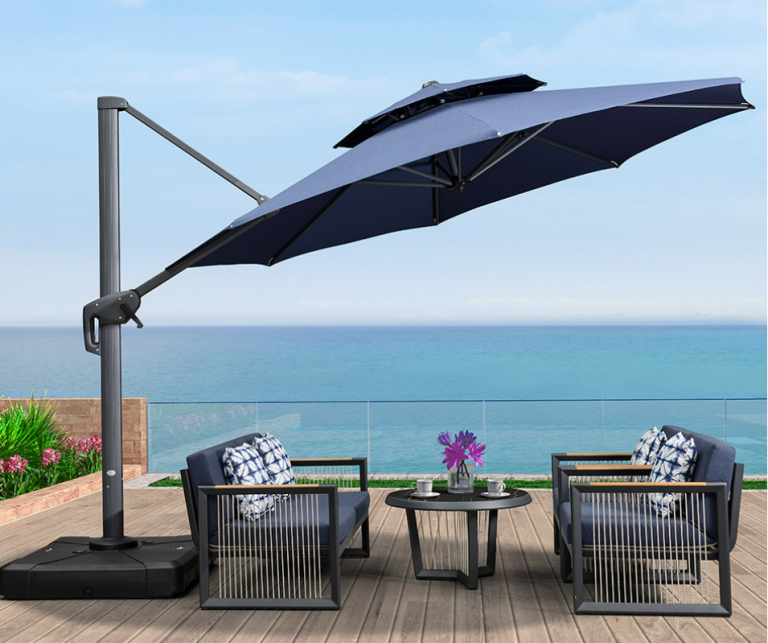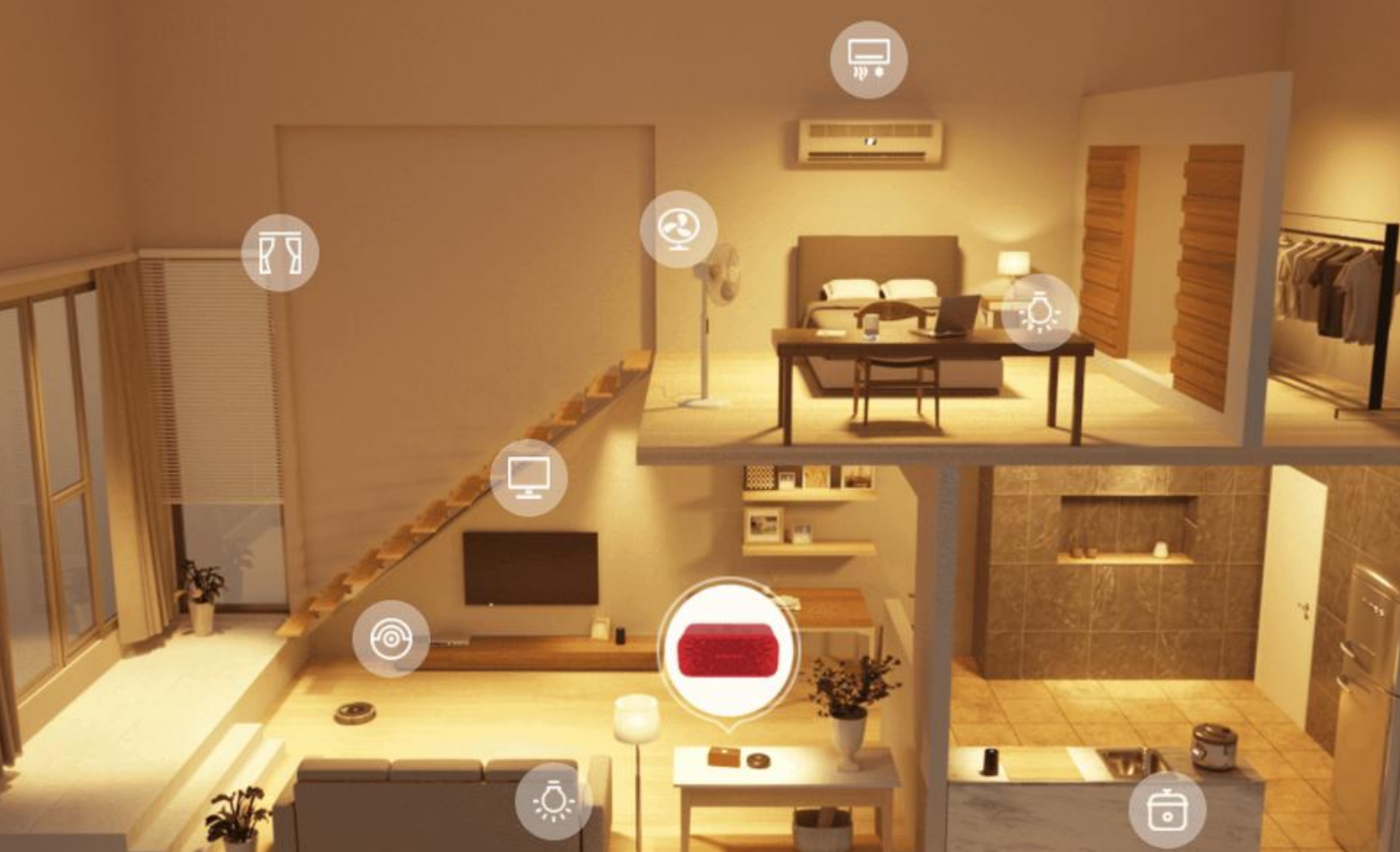
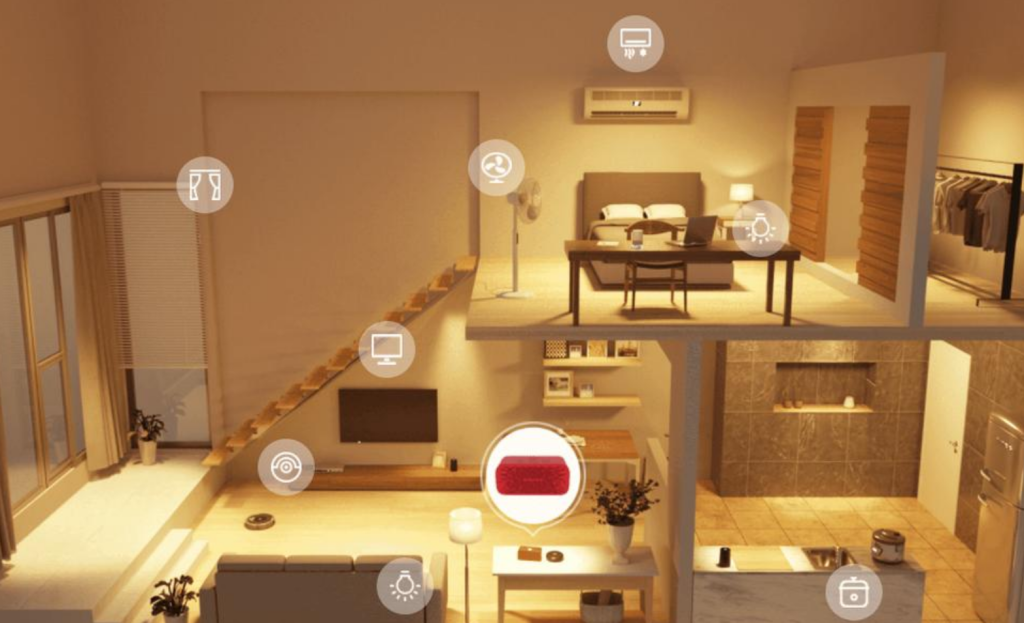
Smart Lighting Systems: Creating Diverse Atmospheres
Introduction: The Power of Light in Shaping Spaces
Light is more than just illumination—it’s a mood-setter, a productivity booster, and even a sleep regulator. Smart lighting systems take this a step further by letting you sculpt light like clay, adapting it to your daily rhythms and special moments. Whether you want a cozy golden glow for reading or a vibrant disco vibe for parties, smart lighting makes it possible with a tap or voice command.
1. What Are Smart Lighting Systems?
Beyond On/Off: The Intelligence Behind Smart Lights
Gone are the days of flicking a switch. Smart lighting uses sensors, wireless tech, and AI to adjust brightness, color, and even timing automatically. Imagine lights that dim at sunset or turn blue to wake you up gently—no manual input needed.
Key Components of a Smart Lighting System
- Smart Bulbs/Switches: The hardware that replaces traditional lights.
- Hub/Bridge: Connects lights to your Wi-Fi or Zigbee network.
- App/Controller: Your smartphone or voice assistant becomes the remote.
- Sensors: Motion, ambient light, and temperature detectors for automation.
2. The Science of Light and Mood
Color Temperature and Human Psychology
- 2700K–3000K (Warm White): Relaxing, ideal for bedrooms.
- 4000K–5000K (Cool White): Energizing, perfect for kitchens and offices.
Circadian Lighting: Aligning with Your Body Clock
Smart lights can mimic the sun’s progression—cool blue in the morning, warm amber at night—to regulate melatonin and improve sleep.
3. Types of Smart Lighting Solutions
Smart Bulbs: Versatility in a Screw
- Philips Hue: 16 million colors, syncs with music.
- LIFX: No hub needed, ultra-bright.
Smart Switches: Control Without Replacing Fixtures
- Lutron Caséta: Works with existing bulbs, ideal for renters.
LED Strips and Ambient Lighting
- Under-cabinet kitchen lighting or backlighting TVs for a cinematic touch.
4. Smart Lighting for Different Spaces
Living Rooms: From Movie Nights to Parties
- ”Theater Mode”: Lights dim to 10% when your movie starts.
- Color Sync: Lights pulse with your music’s beat.
Bedrooms: Sleep Optimization and Relaxation
- Sunrise Simulation: Gentle light wakes you naturally.
- Nightlight Mode: Low red light for midnight bathroom trips.
Kitchens and Bathrooms: Function Meets Style
- Task Lighting: Under-cabinet LEDs for chopping veggies.
- Vanity Lighting: Flattering 5000K light for makeup.
5. Creating Custom Lighting Scenes
Preset Modes for Every Occasion
- ”Dinner Party”: Warm dimmed lights.
- ”Work Mode”: Bright, cool-white focus light.
Dynamic Lighting for Events and Holidays
- Halloween: Orange flickering “ghost light” effects.
- Christmas: Red and green alternating hues.
6. Integration with Smart Home Ecosystems
Voice Control: Alexa, Google, and Siri
- ”Hey Google, set romance mode” triggers candle-like flickering.
Automation with Motion Sensors and Schedules
- Lights turn on when you enter a room, off when you leave.
7. Energy Efficiency and Sustainability
How Smart Lighting Reduces Energy Waste
- Motion-activated lights save up to 30% on bills.
- LEDs use 75% less energy than incandescent bulbs.
Solar-Powered and Low-Voltage Options
- Outdoor path lights with solar panels.
8. The Role of AI in Smart Lighting
Predictive Lighting: Learning Your Habits
- AI notices you watch TV at 8 PM and dims the lights automatically.
Adaptive Brightness Based on Natural Light
- Lights brighten on cloudy days, dim when sunlight streams in.
9. Installation and Setup Guide
DIY vs. Professional Installation
- DIY: Screw in bulbs, connect to an app (15 minutes).
- Pro Install: Needed for hardwired systems like recessed lighting.
Troubleshooting Common Issues
- Wi-Fi drops? Use a Zigbee hub for stable connections.
10. The Future of Smart Lighting
Holographic and 3D Projection Lighting
- Walls that “morph” colors like a digital canvas.
Biophilic Lighting: Bringing Nature Indoors
- Lights that mimic dappled forest sunlight or ocean wave reflections.
Conclusion: Lighting as an Art and Science
Smart lighting isn’t just about convenience—it’s about crafting atmospheres that adapt to your life. From energy savings to mood enhancement, these systems are redefining how we interact with light.
FAQs About Smart Lighting Systems
1. Do smart lights work without Wi-Fi?
Yes! Many use Bluetooth or Zigbee for local control.
2. Can I use smart bulbs in any fixture?
Avoid enclosed fixtures—they can overheat LEDs.
3. How long do smart bulbs last?
15–25 years with typical use.
4. Are smart lights safe for eyes?
Yes, especially with low-blue-light modes.
5. What’s the cheapest way to start?
A $20 smart bulb is an entry-level option.

